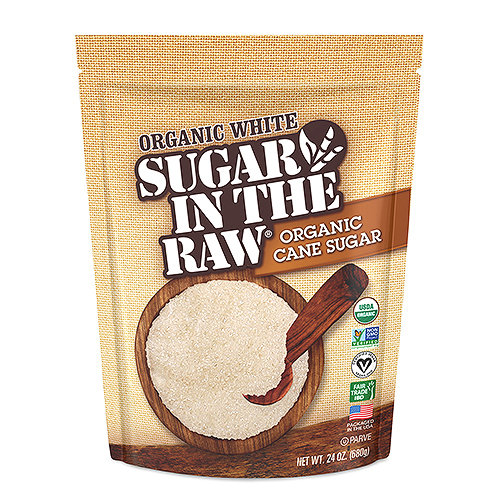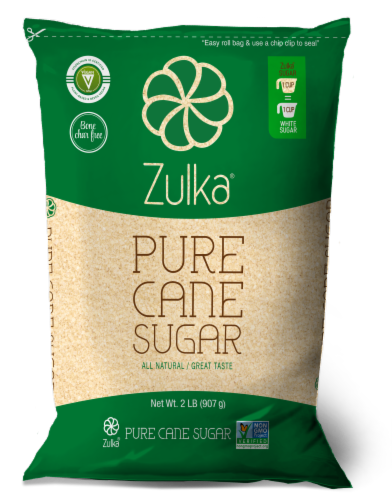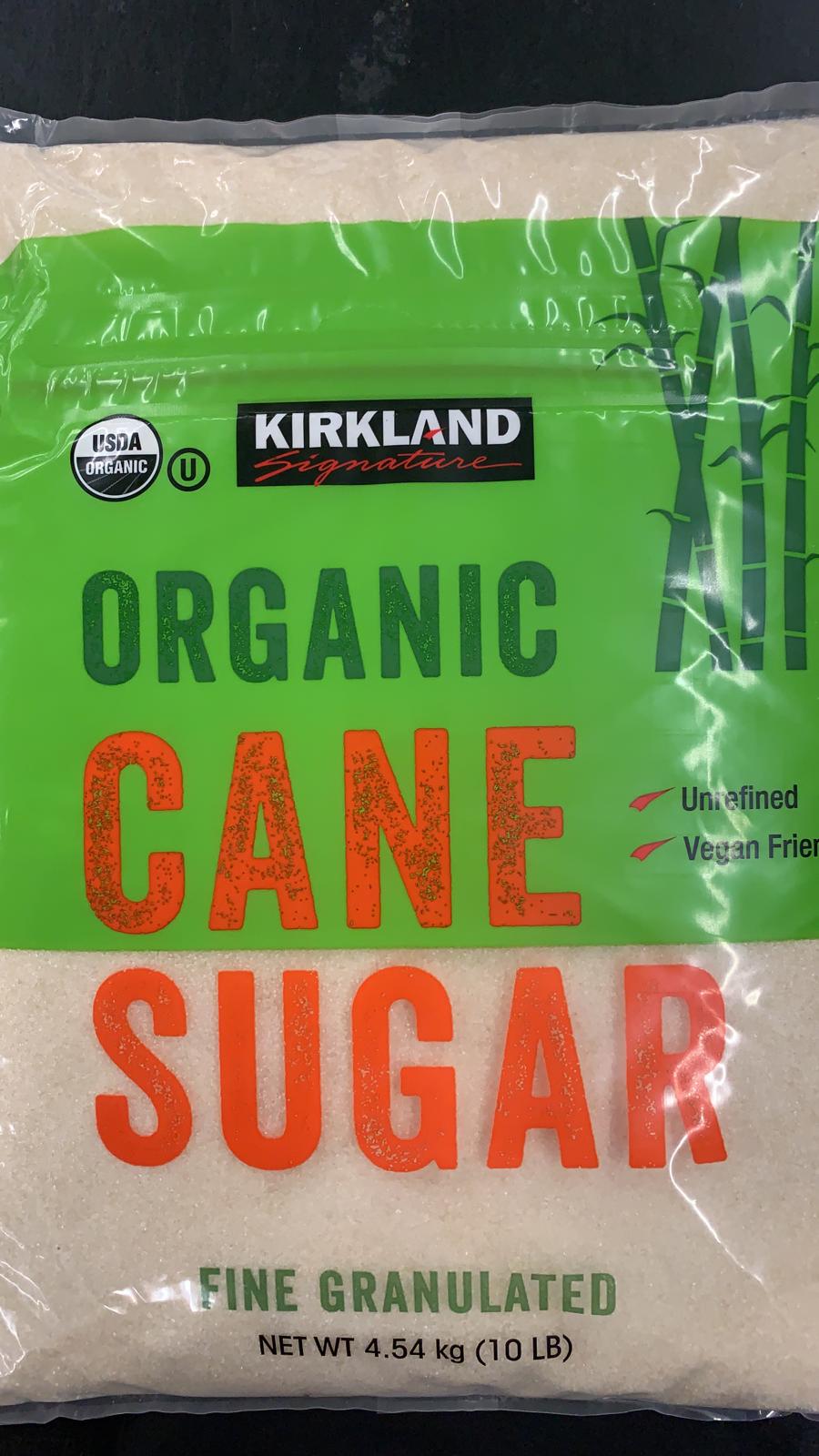Advanced Cane Sugar Processing: Enhancing Performance and Sustainability
Advanced Cane Sugar Processing: Enhancing Performance and Sustainability
Blog Article
Exploring the Comprehensive Tips Associated With Walking Cane Sugar Handling From Gathering to Refinement
The process of walking stick sugar production incorporates a series of detailed actions, beginning with the mindful harvesting of sugarcane and finishing in the refinement phases that make certain the end product satisfies industry requirements. Each phase, from the removal of juice to the purification and condensation processes, plays an essential role in establishing the quality and personality of the sugar. Understanding these phases not only highlights the intricacy of sugar production yet also raises critical concerns concerning efficiency, sustainability, and technology in the industry. What ramifications do these factors have for future methods?
Harvesting Sugarcane
Collecting sugarcane is a crucial action in the walking stick sugar handling chain, as it straight affects the top quality and yield of the end product. Appropriate timing and methods are important throughout this stage to guarantee optimal sugar content and minimize losses. Commonly, sugarcane is collected when it reaches maturation, typically 12 to 18 months after growing, defined by a high sucrose concentration.

Post-harvest, the sugarcane must be processed swiftly to prevent sucrose degradation. Ideally, collected walking cane needs to be moved to refining centers within 1 day to protect sugar high quality. Consequently, efficient logistical planning is essential to maintain the honesty of the collected plant throughout the supply chain.
Removal Refine

The smashed walking cane undergoes a collection of pushing operations to maximize juice recovery. Usually, warm water is sprayed onto the smashed walking cane, producing a countercurrent circulation that aids liquify the sugar while also assisting in the removal procedure. The juice accumulated from this procedure has not just sugar but also numerous natural substances and pollutants.

To improve extraction effectiveness, some centers may employ diffusion techniques, where the sugarcane is saturated in warm water, enabling the soluble sugars to diffuse right into the fluid. The resulting juice, rich in sucrose, is then guided to succeeding handling stages, laying the structure for purification and improvement. The removal process is thus critical in figuring out the high quality and return of the last sugar item.
Filtration Strategies
The purification techniques employed in cane sugar processing are necessary for changing the raw juice into a top notch sugar item. These techniques mostly aim to eliminate pollutants, such as dirt, plant products, and not natural compounds, which can detrimentally influence the end product's taste and shade.
This process entails including lime and heat to the raw juice, which facilitates the coagulation of contaminations. Furthermore, the usage of phosphoric acid can improve the information procedure by additional binding impurities.
An additional considerable technique is carbonatation, where co2 is presented to the clarified juice. This response creates calcium carbonate, which records continuing to be pollutants and promotes their elimination.
Moreover, activated carbon therapy might be put on adsorb any kind of continuing to be colorants and natural pollutants, making sure a much more refined item. The mix of these techniques properly prepares the sugar juice for succeeding steps in the refining procedure, setting the phase for the production of high-quality cane look here sugar.
Formation Approaches
After the purification stage, the following crucial action in cane sugar handling includes condensation techniques, which play a critical role in transforming the clarified juice into strong sugar. This procedure usually uses two main approaches: spontaneous condensation and regulated crystallization.
In spontaneous crystallization, supersaturated sugar solutions are allowed to cool naturally, leading to the formation of sugar crystals over time. This technique enables for the consistent growth of sugar crystals and higher purity.
During crystallization, the clarified juice is concentrated with dissipation, raising its sugar content until it reaches supersaturation. When this factor is attained, either method can facilitate the crystallization procedure. find more info Cane Sugar Processing. The resultant sugar crystals are after that separated from the continuing to be syrup via centrifugation
Eventually, the selection of formation approach influences the quality, dimension, and pureness of the last sugar item, making this action important in the total walking cane sugar handling treatment.
Refinement and Product Packaging
Just how can the purity and high quality of walking cane sugar be better enhanced after condensation? The improvement procedure plays a crucial role in attaining high-grade walking stick sugar. Following formation, sugar undergoes a comprehensive cleaning to eliminate impurities and recurring molasses. This is normally accomplished making use of warm water or steam, which aids dissolve and remove unwanted components while protecting the sugar crystals.
Following, the sugar goes through a procedure called centrifugation, where it is rotated at high speeds to divide the cleansed sugar crystals from the continuing to be liquid. After centrifugation, the sugar is often additional refined via a technique called carbonization or phosphatation, which makes use of activated carbon or phosphoric acid to get rid of shade and off-flavors.
Once fine-tuned, the sugar is dried out to attain the preferred dampness content, making sure that it remains steady throughout storage and transportation. The final step entails packaging the refined sugar in moisture-proof and impermeable containers to keep its quality and stop contamination. Cane Sugar Processing. Correct packaging not only expands shelf life but likewise promotes very easy handling and distribution, making sure that customers obtain sugar that meets the highest requirements of pureness and quality
Final Thought
The thorough steps entailed in walking cane sugar processing, from the thorough harvesting her latest blog of sugarcane to the detailed improvement and packaging stages, emphasize the value of each phase in making certain high-quality sugar production. Ideal harvesting strategies, reliable removal techniques, and strenuous purification processes jointly contribute to the end product's pureness and security. The formation and succeeding packaging practices better boost the honesty and shelf life of the sugar, highlighting the intricacy and precision integral in this necessary agricultural sector.
The procedure of walking stick sugar manufacturing incorporates a collection of detailed steps, starting with the careful harvesting of sugarcane and finishing in the refinement stages that make certain the final product fulfills sector criteria. Preferably, gathered walking cane should be moved to refining facilities within 24 hours to maintain sugar quality.In spontaneous formation, supersaturated sugar remedies are permitted to cool down naturally, leading to the development of sugar crystals over time - Cane Sugar Processing. The improvement procedure plays a critical role in achieving top quality cane sugar.The thorough steps included in cane sugar processing, from the thorough harvesting of sugarcane to the complex refinement and packaging phases, underscore the relevance of each stage in ensuring top quality sugar production
Report this page